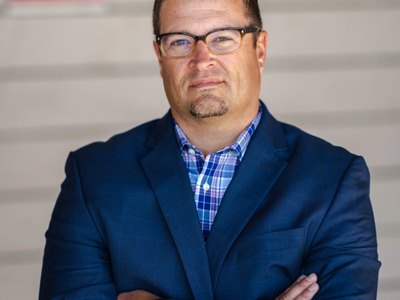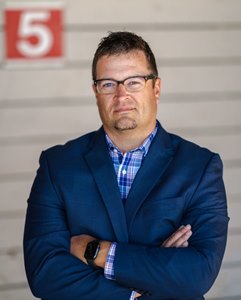Hardy Joins HISA Horsemen's Advisory Group


Veterinarian Dr. Michael Hardy has joined HISA's Horsemen's Advisory Group, the body of racing industry participants formed by HISA in 2022 to provide formal feedback to HISA's executive team and standing committees on the implementation and evolution of its Racetrack Safety and Anti-Doping and Medication Control (ADMC) regulations.
"The Horsemen's Advisory Group continues to provide HISA with invaluable input, and we're thrilled to have Dr. Michael Hardy join the group. In recent months, the Group has been having significant conversations revolving around veterinary protocols and scratches, and we believe it would be beneficial to include a regulatory veterinarian in these critical discussions. Having Dr. Hardy's voice as a former regulatory veterinarian with a strong understanding of everything that entails is important to us," said HISA CEO Lisa Lazarus. "We strive to build a program that is fair and considers the perspectives of all stakeholders. We welcome Dr. Hardy to participate and share his insights."
Dr. Michael Hardy graduated from Purdue University School of Veterinary Medicine in 2006. In 2008, he began his career as a racing regulatory veterinarian for the Kentucky Horseracing Commission. For 11 years, he served as the Chief Association Veterinarian, then transitioned to the role of Safety Director for Horseshoe Indianapolis. Dr. Hardy is currently serving as the Executive Director of the Racetrack Medication & Testing Consortium (RMTC). He is also a member of the Breeders' Cup Veterinary Panel, and has served on the Horseracing Testing Laboratory Committee and RegVets Continuing Education Program's Committee for the RMTC.
"It's certainly an honor to be asked to serve the racing industry in this capacity. It goes without saying the role of the equine veterinarian is critical to the success of horse racing," said Dr. Hardy. "I look forward to sharing perspective and insight into the unique responsibilities of the racing regulatory veterinarian. Relentless pursuit of a clean and safe sport for our equine and human athletes demands the collaborative efforts of all involved."
